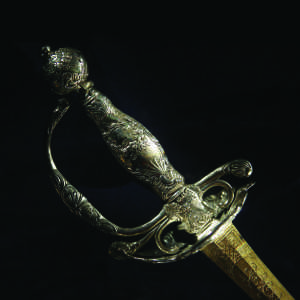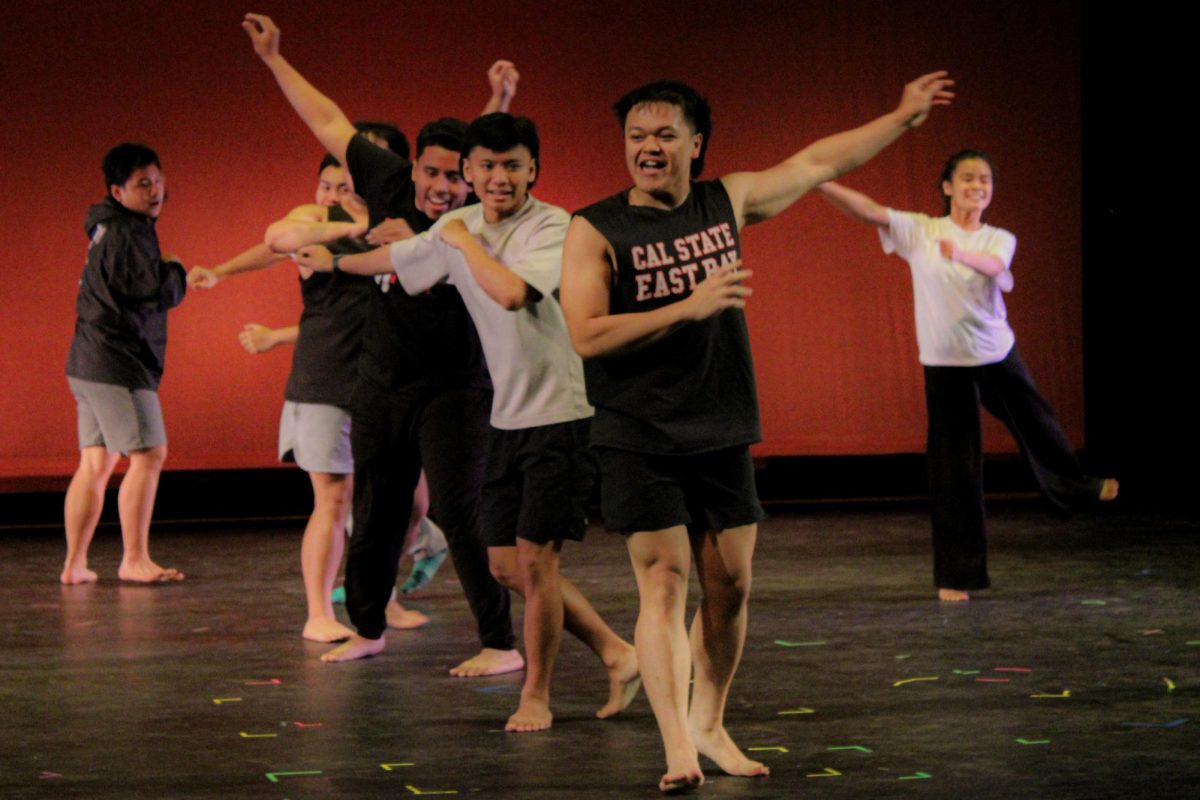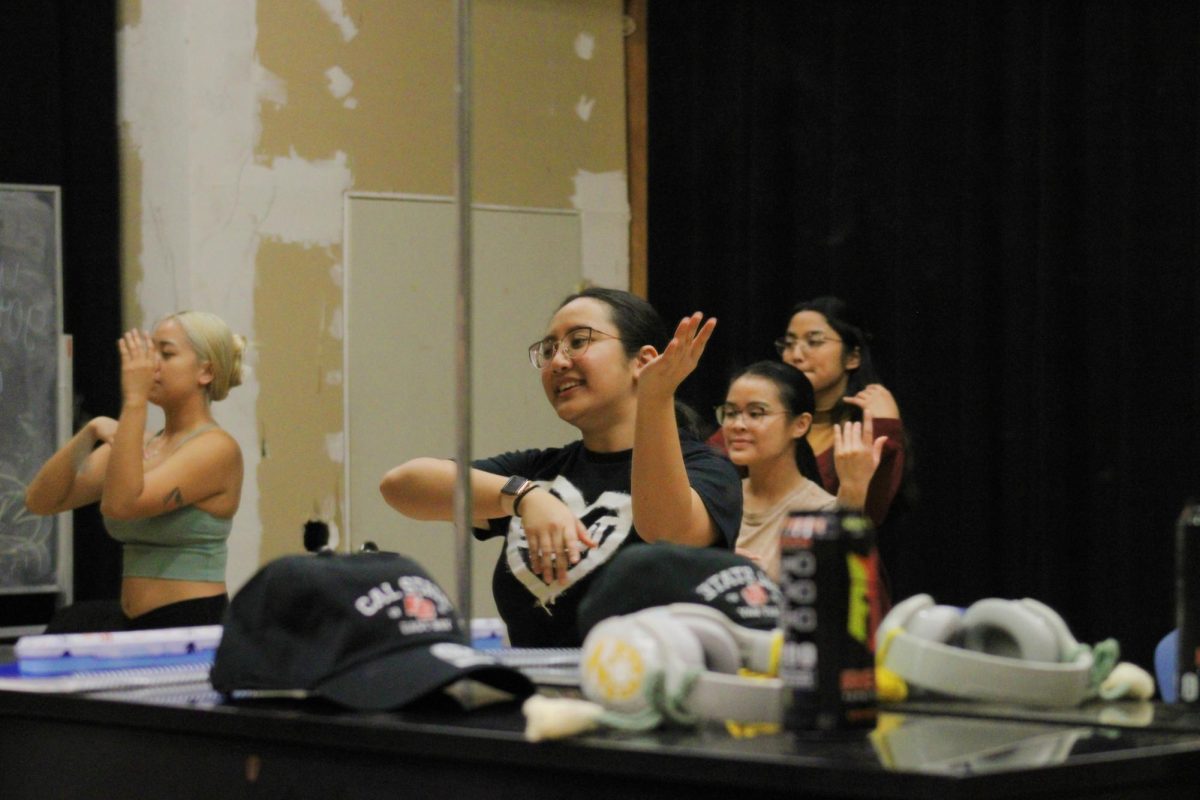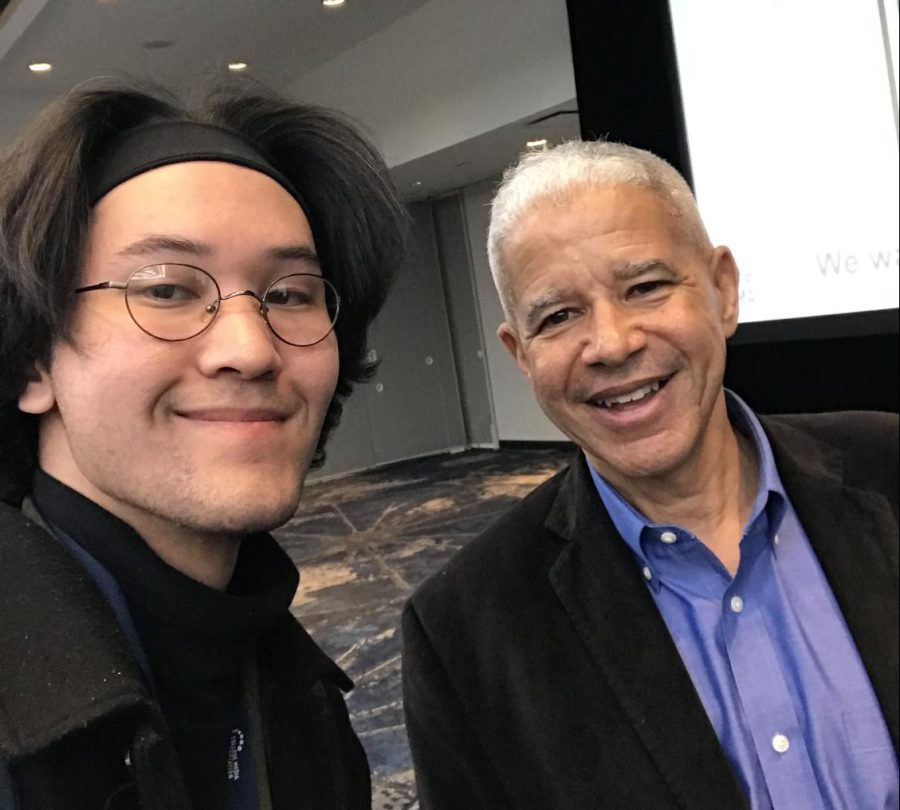A History of Gladiators, Musketeers, Samurai, Swashbucklers and Olympic Champions
History ought to provoke controversy.
 There is nothing more tedious than reading an account of settled facts that have risen to the rank of dogma.
There is nothing more tedious than reading an account of settled facts that have risen to the rank of dogma.
Richard Cohen’s “By the Sword” is refreshing in that it tackles a subject of great disagreement between academics and amateurs: the subject of the sword and its relationship to society through the ages.
There is something fascinating about how a tool of war became an instrument of leisure and bloodless competition, and that humans would take an instrument of destruction and make it the centerpiece of an art form.
This book provides a concise overview of the development of the sword in times of peace and war and the forging of such weapons in Europe and East Asia.
For those interested in the sport of fencing, this book provides an excellent introduction to the development of the foil, epee and saber from dueling weapons—the three blades used in competition and amateur
play.
However, one should not expect instruction in fencing technique from this book—this book is foremost a tale of men and women that wielded such blades.
The general reader searching for snippets on popular topics like Roman gladiators, D’Artagnan and the Three Musketeers, Toledo blades and Japanese swordmaking will be treated to a rich overview of facts drawn from history.
In addition, movie buffs looking for information about the swashbucking actors of the ‘30s, ‘40s and ‘50s such as Douglas Fairbanks, Errol Flynn and Basil Rathbone will not find themselves disappointed by Cohen’s treatment of the subject.
We also find that many points of social etiquette and can be traced back to the culture of the sword.
For example, gentlemen of polite extraction would offer a lady his right arm as he would have a sword hanging from his left hip. Handshaking originated as a sign that one was not reaching for his sword.
Clothes for men are buttoned left over right so that a duelist could unbutton his coat with his unarmed left hand.
Inspiration, too, was also drawn out from the culture of the sword by such figures as Michelangelo, Lincoln, Descartes, Marx and Patton.
The author highlights this point with the example of Shakespeare, who wrote 437 references to swordplay in his collected works and came from a tradition of sword fighting as the central focus of the Elizabethan stage.
While the general reader will find fascination with pop culture details, the interests of the specialist are provided for in equal measure.
The main thrust of the book is contained in Cohen’s accounts of the development of dueling and fencing, which are interspersed throughout the narrative.
Cohen is an Olympic-level saber fencer and competed on behalf of the British Olympic Team in the 1972, 1976, 1980 and 1984 games.
His experiences as a sabreur in particular color his account of Hungarian fencing—a tradition which produced both expert fencers and nuclear scientists in equal measure.
The more specialized sections of the book towards the end tie into the human tragedies that befell the sport of fencing in the 20th century.
Dark events from the historical record ranging from fascist Italy and Nazi Germany’s fascination with winning Olympic gold, anti-Semitism on the European circuit and bigotry in the American circuit directed towards minorities are used by the author to color his account of the first part of the 20th century.
The author gives special emphasis to the human toll that World War II and the Cold War wrought upon fencing institutions in Eastern Europe.
The book closes with the controversies of modern fencing and disputes that reveal Cohen’s
close personal connection to this subject.
It is perhaps fitting that “By the Sword” makes no attempt at revisionism and not only accepts but stresses the controversies that fencing and the culture of the sword brought upon humans throughout the ages.
Fencing may be a sport on the decline, but Cohen shows us that the legacy of the culture of the sword continues to engage us in our everyday lives.











